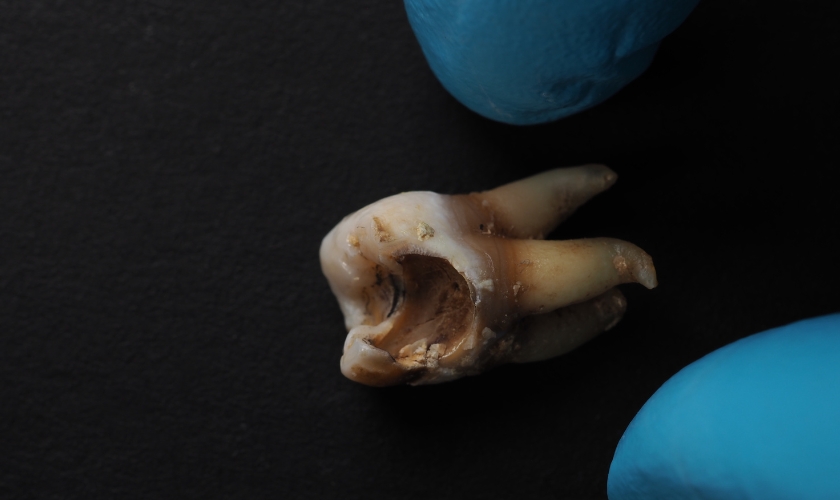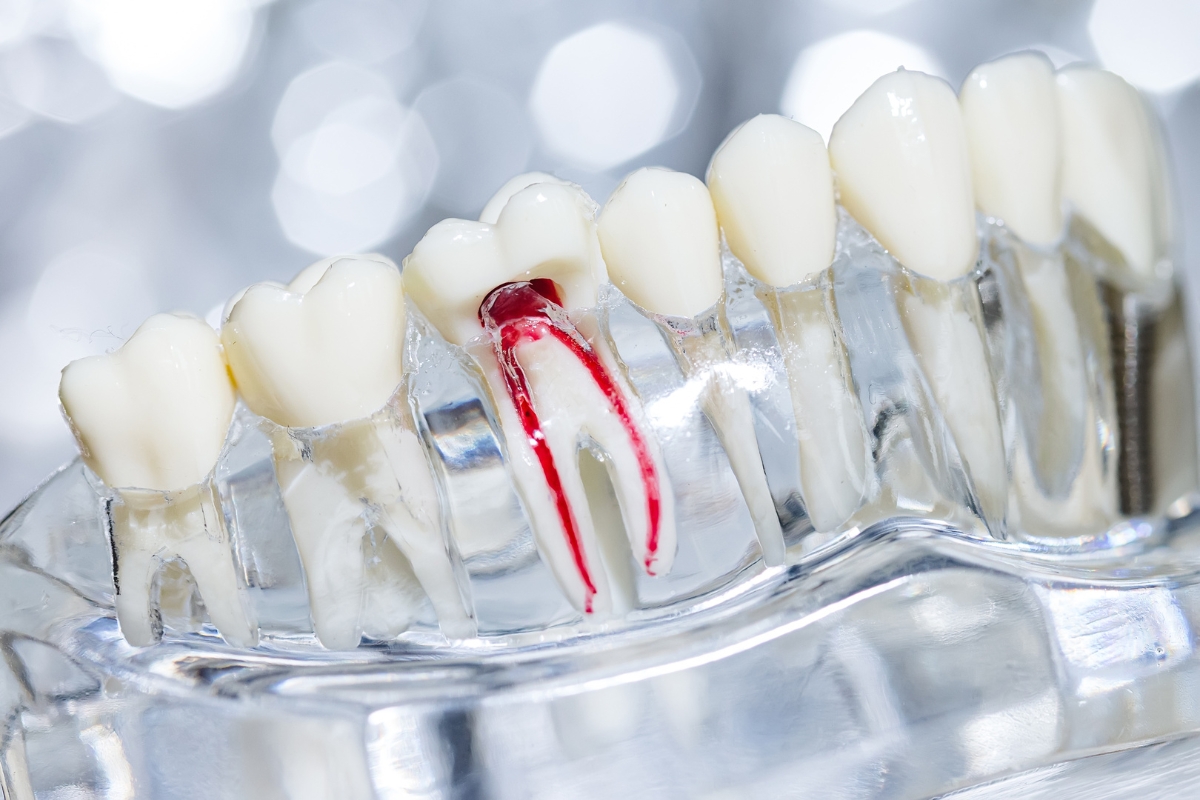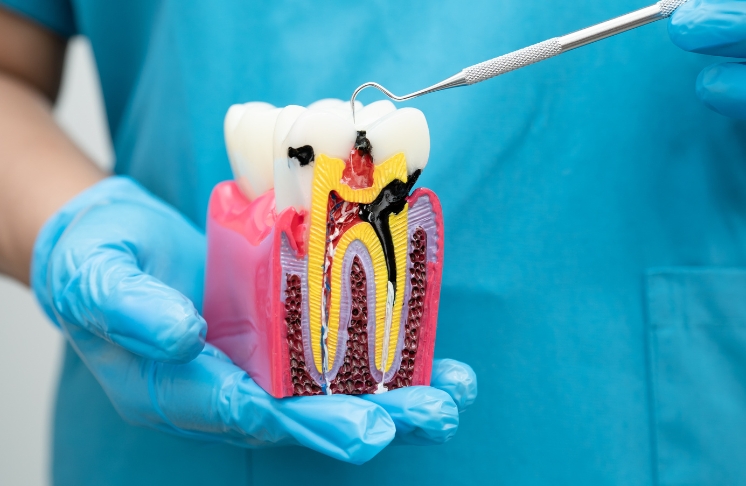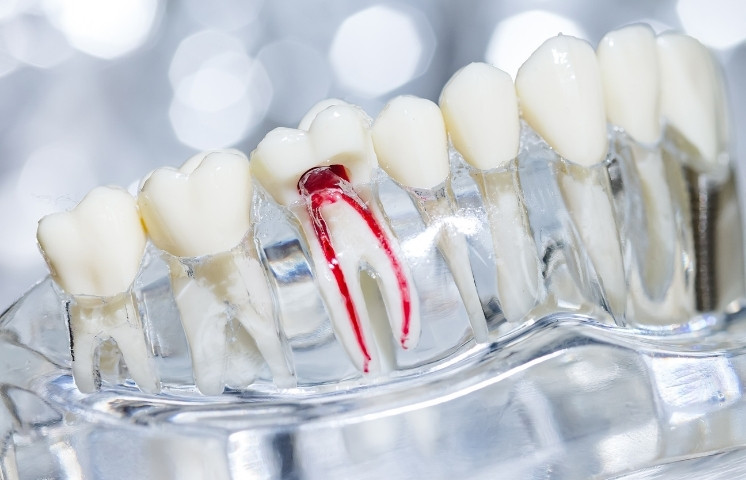We are not a registered Medicare/Medicaid Provider

Cavities, the word itself sends shivers down many spines. These little holes in our teeth can be a source of pain, sensitivity, and even embarrassment. But fear not, cavity crusaders! There are ways to fight back and keep your smile healthy.
Let’s delve into the world of cavity treatments, exploring different approaches and how to determine the best course of action for your unique situation.
Early Detection is Key
The key to conquering cavities lies in catching them early. Regular dental checkups, typically twice a year, are your best defense. During these visits, your dentist will be able to identify cavities in their earliest stages, often before you experience any discomfort.
Early detection is crucial because these initial cavities might be treatable with a simple fluoride treatment. Fluoride strengthens tooth enamel, the hard outer layer of your teeth, which can actually reverse minor decay.
Fillings: Patching Up the Problem
If your cavity has progressed beyond the enamel, a filling will likely be the recommended treatment. Fillings are essentially patches that restore the lost tooth structure.
Composite Resin: This tooth-colored material offers a natural look and bonds well with the tooth. It’s a popular choice for front teeth or cavities visible when you smile.
Dental Amalgam: The traditional silver filling, amalgam is durable and long-lasting. However, its metallic appearance might not be aesthetically pleasing for everyone.
When choosing a filling material, discuss the options with your dentist. They can consider factors like the location and severity of the cavity, your preferences, and your dental insurance coverage.
Crowns: For Teeth Needing Extra Support
In some cases, cavities can become quite extensive, weakening the tooth’s structure. To protect and restore the tooth, a crown might be necessary. A crown is a cap that fits over the entire tooth, providing additional strength and support.
Crowns are typically made of porcelain or ceramic and can be color-matched to blend seamlessly with your surrounding teeth.
Root Canals: When the Infection Spreads
If the decay reaches the inner pulp of the tooth, where nerves and blood vessels reside, a more complex procedure known as a root canal becomes necessary. During a root canal, the dentist removes the infected pulp, cleans the canals within the tooth’s root, and then seals the area.
Root canals are often portrayed as painful procedures, but with modern dentistry and anesthesia, they can be relatively comfortable. They are essential for saving a tooth that would otherwise need extraction.
Tooth Extraction: A Last Resort
In the most severe cases, where the tooth is too damaged to be saved, extraction might be the only option left. While this is not an ideal outcome, it’s sometimes necessary to prevent the infection from spreading to surrounding teeth and bone.
Modern dental extractions are generally quick and minimally invasive. However, losing a tooth can affect your bite and speech, and it might necessitate further dental work like implants or bridges to restore function and aesthetics.
Preventing Cavities: The Best Defense
While treatments like fillings and crowns can address existing cavities, the best approach is to prevent them from forming in the first place. Here are some key strategies for keeping cavities at bay:
Brushing and Flossing: Brushing your teeth twice a day with fluoride toothpaste and flossing daily removes plaque, the sticky film that harbors cavity-causing bacteria.
Fluoride Power: Fluoride strengthens tooth enamel and helps prevent tooth decay. Use fluoride toothpaste, consider a prescription fluoride rinse if recommended by your dentist, and inquire about in-office fluoride treatments for additional protection.
Dietary Choices: Limit sugary foods and drinks, as sugar feeds the bacteria that cause cavities. Opt for water over sugary beverages and choose healthy snacks like fruits and vegetables.
Regular Dental Visits: As mentioned earlier, regular dental checkups allow for early detection and treatment of cavities, minimizing the need for more invasive procedures.
Cavities are a common dental concern, but with proper prevention and treatment, you can maintain a healthy, beautiful smile. If you’re experiencing any tooth pain or suspect you might have a cavity, schedule an appointment with a Haymarket dentist. Early intervention is key, and a dentist can help you determine the best course of action to keep your teeth strong and healthy.



